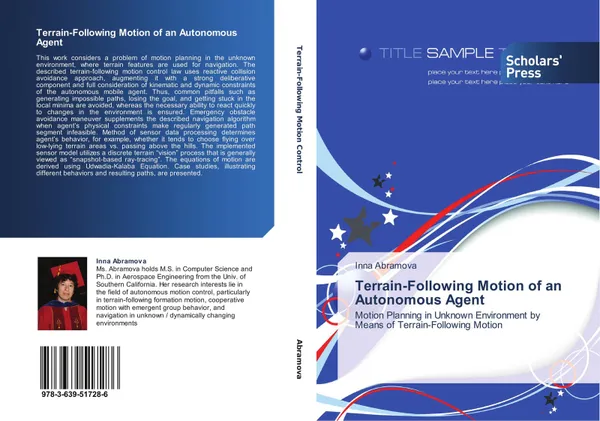Terrain-Following Motion of an Autonomous Agent
📕 This work considers a problem of motion planning in the unknown environment, where terrain features are used for navigation. The described terrain-following motion control law uses reactive collision avoidance approach, augmenting it with a strong deliberative component and full consideration of kinematic and dynamic constraints of the autonomous mobile agent. Thus, common pitfalls such as generating impossible paths, losing the goal, and getting stuck in the local minima are avoided, whereas the necessary ability to react quickly to changes in the environment is ensured. Emergency obstacle avoidance maneuver supplements the described navigation algorithm when agent’s physical constraints make regularly generated path segment infeasible. Method of sensor data processing determines agent’s behavior, for example, whether it tends to choose flying over low-lying terrain areas vs. passing above the hills. The implemented sensor model utilizes a discrete terrain “vision” process that is generally viewed as “snapshot-based ray-tracing”. The equations of motion are derived using Udwadia-Kalaba Equation. Case studies, illustrating different behaviors and resulting paths, are presented.
Мнения
